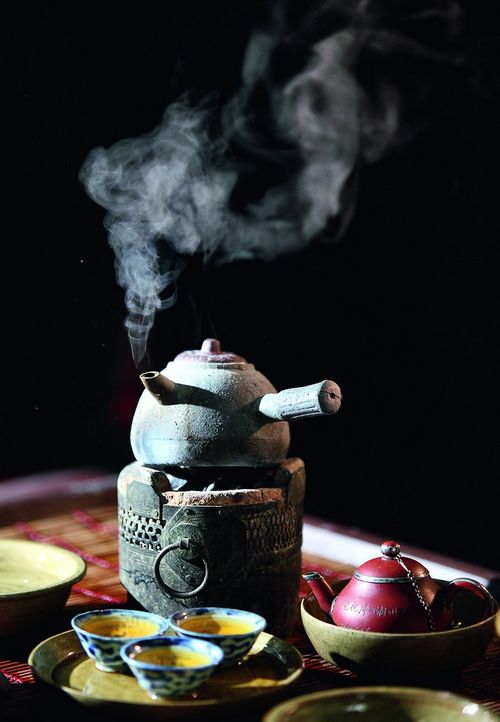Dear Integral Meditators,
There’s a big difference between being the center of the universe and the center of your universe. The article below explores how to make mindful use of your position in the big scheme of things!
Final reminder for those in Singapore of this Saturday’s Tree of Life meditation workshop…
In the spirit of the journey,
Toby
 Being the center of your universe
Being the center of your universe
Often, when we say to someone ‘you are not the center of the universe you know!’ we do so in order to indicate that they are being somewhat self-centered, and that their perspective of themselves is over inflated. Actually, mindfully recognizing that you really aren’t the center of the universe, and that in most ways you are really pretty insignificant can be a very useful perspective to leverage upon. By deliberately recognizing your non-central position in the grand universal plan we can cut our problems down to size, overcome the anxiety and stress that comes with being overly self-centered, and create a lot more mental space within which to relax. Insignificance has its uses!
On the other hand, whilst you are not the center of the Universe, you are the center of your universe, that is to say the universe of our own life. In terms of being the center of your own universe and life, what you do, say and think is of crucial importance. You are the owner of your life, and every choice you make affects your experience significantly. Moreover, if you don’t take steps to influence and direct your life in the way you want it to go, who is going to do it for you? We can receive the help and input of others, but fundamentally we are the ones responsible for our own lives. In this sense we are always the most important person in our life.
So there are two positions we are defining and being mindful of:
- I am not the center of the universe, so I can relax and stop being so neurotic about all my insignificant problems and challenges
- I am the centre of my universe, so what I chose and do is of vital and central importance to my life. It’s not anyone else’s job to ‘save’ me, I need to be the master of my own ship!
At different times we can adopt one or other of these views according to what is appropriate for our needs and circumstances, and combine them to help us in our daily life. For example if I think about my work for my business today, on one level none of it ‘matters’ in the big scheme of things. I’m not the center of the universe, and if I should ‘fail’, die or simply go bust, then only a very small number of people will be affected or even notice. So I can relax and get comfortable with my own insignificance, nothing is worth getting unnecessarily worked up about! On another level, my business (teaching and promoting mindfulness meditation) depends upon me entirely, if I don’t take responsibility for my projects, no one else will make a living for me, and the people that I can positively impact will not receive that benefit. So what I do really does matter and is of crucial significance! Similarly, my own happiness is directly affected by the amount of care I take of myself, so what I so matters there, as well as in significant relationships such as the one I have with my daughter.
None of it matters, and all of it matters a lot.
You are not the center of the universe, but you are the center of your universe. You might like to play with this as a mindfulness practice over the next few days, using both perspectives in tandem to help you relax and keep you motivated!
© Toby Ouvry 2016, you are welcome to use or share this article, but please cite Toby as the source and include reference to his website www.tobyouvry.com
Upcoming Courses at Integral Meditation Asia
Ongoing on Wednesday’s, 7.30-8.30pm – Wednesday Meditation Classes at Basic Essence with Toby
Ongoing on Tuesday evenings from November – Tuesday Meditation Classes at One Heart with Toby (East coast)
Saturday November 12th, 10am-5pm – Meditations for connecting to the Tree of Life, and growing your own personal Life Tree
19th November – One Heart Celebration Day (Joint event)
Saturday 26th November 10am-5pm – Engaged Mindfulness day workshop/retreat
3rd December, 2-5pm – Mindful Resilience three hour workshop
Integral Meditation Asia
Online Courses * 1:1 Coaching * Books * Live Workshops * Corporate Mindfulness Training *Life-Coaching * Meditation Technology


 Two types of choice-less awareness
Two types of choice-less awareness




